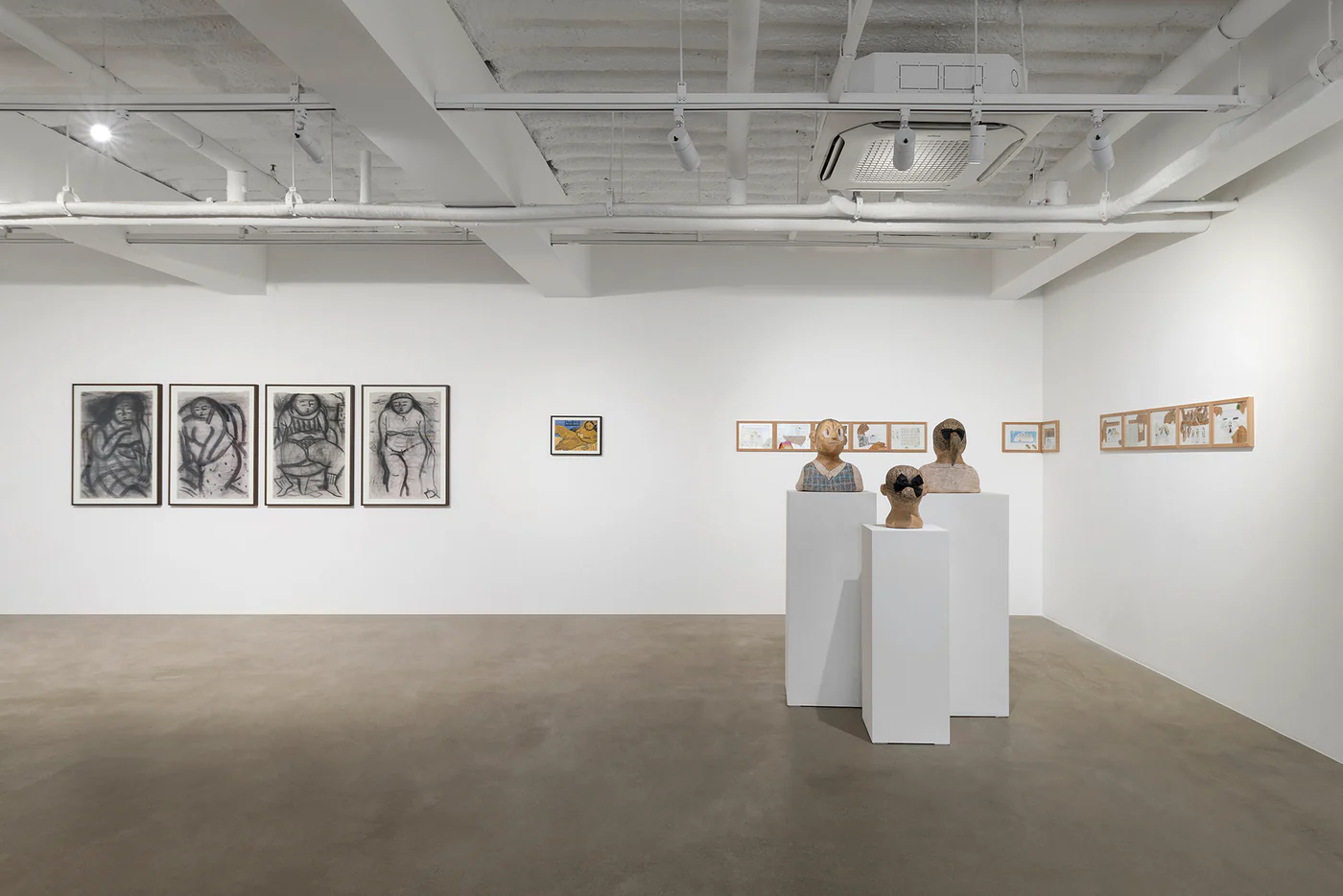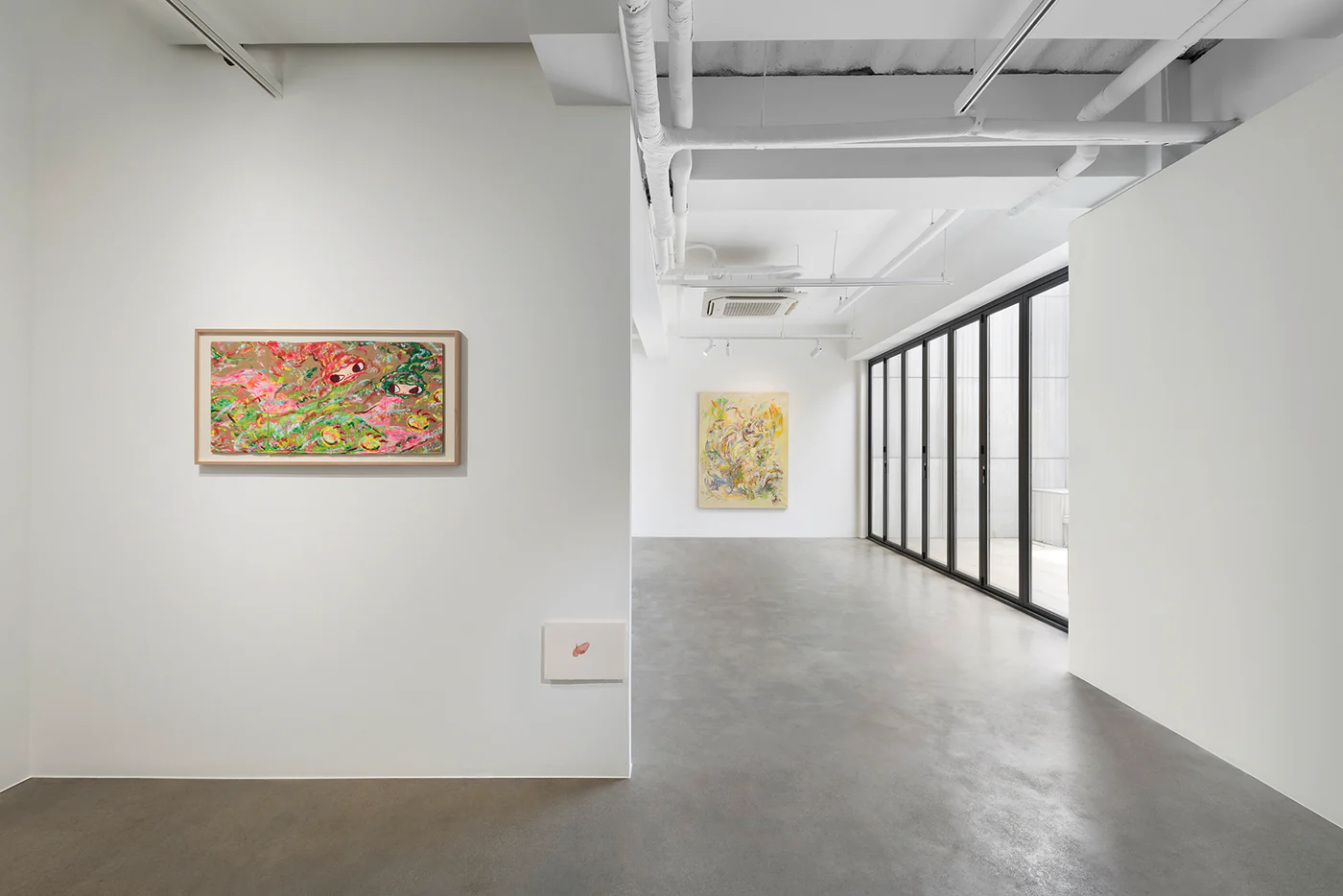TRACES AND THREADS
KÖNIG SEOUL announces a group exhibition, TRACES AND THREADS. While media range from charcoal and acrylic to canvas and paper, the unifying character of the works selected is the breadth and diversity of contemporary forms of drawing.
June 28 - July 27, 2024
According to British Social Anthropologist, Tim Ingold, “… lines come in two principal kinds: traces and threads. Traces are formed on surfaces; threads are strung through the air; in their dissolution, traces are converted into threads.” Furthermore, Ingold contends that every line is the trace of a delicate gesture of the hand that holds the brush, and therefore, two senses of drawing emerge that are intimately related both of which are integral to the theme of the exhibition.
Such thinking about the various iterations of linear composition inspired not only the title of this exhibition, but the descriptive language around the various practices by Asian women artists that collect a group of works in which these and other ideas around contemporary drawing are animated.
Line is therefore both performative and compositional, inviting considerations of the directness of its application, even as its realization in the artworks on display varies immensely. Another quality of lines as both traces and threads are its ability to cut through generational and cultural boundaries, which might otherwise influence the context in which such works are displayed.
Threading is both an act of bringing disparate elements together and a means of foregrounding the fragility of connection, as seen in the delicate knitted maps in Movana Chen’s contribution to the show, or the poetic paintings of Rina Banerjee, fusing boundaries between East and West.
Precarity extends into the qualities of touch as well, in the impressions that make up Odonchimeg Davaadorj’s intricate paper works. Odonchimeg's method involves puncturing a hole through the front and back surfaces of the paper, a technique that allows her to connect dots, lines, and surfaces to represent the current plight of younger generations as well as urgent ecological problems.
Seen together, the richness and diversity of line is matched only by the new and wildly inventive practices that constitute drawing today, works on paper, and all that lies between. The spaces of KÖNIG SEOUL provide a unique environment for works of art such as these, which require careful attention, much like the conditions under which these works were created.


